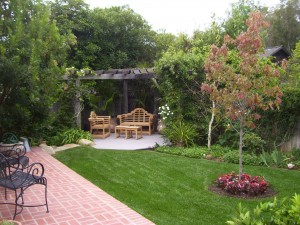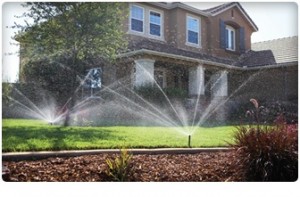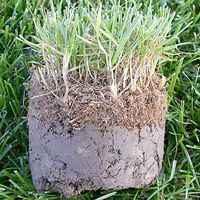How to Care for your Lawn
Believe it or not, your lawn is one huge plant. Though it will never fit inside your home, it still requires the care that you would give to your most loved houseplant. However, if you happen to be one of those who let their houseplants gather dusts in the window, your lawn will probably show the same type of neglect. Hopefully, this is not the case because your lawn only requires a bit of attention to stay attractive.
Keeping your lawn looking attractive is not nearly as difficult as you might imagine. By following a few simple lawn care tips, your lawn can remain healthy and looking good throughout the year.
A vibrant lawn makes a superb compliment for flowerbeds and creates a striking emerald center of attention in winter when colors are secreted. There are various types of grasses for differing climate conditions; however, all laws benefit from regular mowing and watering, and feeding attention in the spring and autumn.
Mowing
A crucial factor in maintaining a healthy lawn is mowing at the correct height. It’s the same as pruning your indoor or outdoor plants at a certain time of growth. Grass blades should be maintained at a height of three to four inches. Allowing grass to grow taller will leave the root system and base of the blades starving for sunlight, which will affect your lawn’s long-term health. Similarly, cutting more than one-third of the grass blades when mowing will result in plant shock and wilting.
Grass should be mowed when it is growing, provided the ground is not too wet or slippery to walk on. In springtime, mow once a week with blades at their highest setting and slowly lower them as growth speeds up. If you are an eco-friendly enthusiasts, collect the clippings for compost, or use a mulching-mower that leaves the grass cut into fine bits, thus returning nourishment to your lawn.
Rake up thick areas of clippings, which can cause damage to the turf. During summer months, a good quality lawn may require cutting twice a week, as growth slows down, once a week should do. There are three main ingredients for maintaining a healthy lawn.
Watering
During the year, your lawn requires different water requirements. In colder months, grass growth slows down, requiring less water. Over watering your lawn, will enrich fungus growth and devastate turf. An over abundance of water also triggers weed growth, and washes out natural resources in the soil. During the warmer months when grass is in full growth mode, your lawn frequently needs watering three or four times a week. Denying your lawn sufficient moisture leads to dead patches, burned areas, and wilting.
New lawns should be watered every day during dry spells, until it has matured. A sign that a lawns require watering is when they lose their bounce when walked on. Decrease water evaporation by utilizing sprinklers early morning or at night.
Feeding
It is important to know the frequency of application and type of fertilizer your lawn needs. The quantity of fertilizer required to keep up your lawn health depends on how rich the underlying soil is. Leaving the clippings on your lawn will enhance the soil nutrients. Apply liquid or granular lawn fertilizer at minimum once per year. Spring and early summer feeds are filled with nitrogen to increase leaf growth. Products for use in early autumn are lower in nitrogen but potent with potassium to support grass roots in winter.
Remember not to overfeed; it can lead to scrawny growth and fungal problems. If necessary, rent a calibrated-spreader for bigger lawns, and water if there is no rain within a few days after feeding.
Call us for our 42 Point FREE Comprehensive Lawn and Garden Evaluation.






